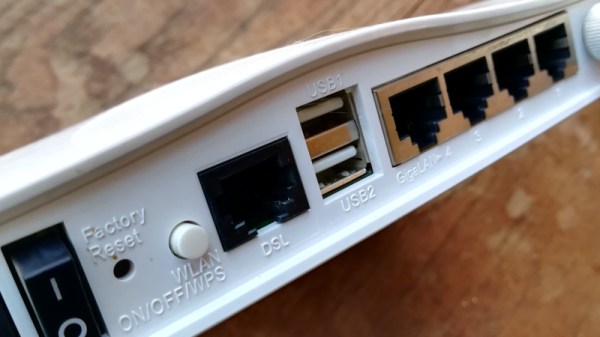As a consequence of the social distancing and self isolation, many a maker has been searching for ways to cure boredom. So what happens when you put a maker in a closed space with electronics parts. The answer is a bunch of random microcontroller projects that help beat boredom. [Danac1886] posts a video with a bunch of experiments with the ATtiny series of microcontrollers which can be a source of time-killing inspiration for these tough days of solitude.
The video is based upon a variety of controllers ranging from the ATtiny85 to the ATtiny84 and even includes the ATtiny2313. There is also a project with the ATtiny10, an SMD SOT23-6 package that is quite amazing to behold. All the devices can be programmed using the Ardino as an ISP so all you need is another Arduino lying around in case you do not have an AVR ICSP.
As for the projects themselves, there is an assortment of things that start with the basic blinking LED, adding an I2C LCD and then moving on to a 7 segment display counting up with variable speed controlled with a pot. We really loved how much these tiny projects inspire and can help someone get started with basic electronics and programming.
If you are looking to get started, have a look at the Jumbo LED with the Attiny10 and we assure you, it will brighten your day.
Continue reading “The ATtiny Series Is A Great Companion In Isolation”
















